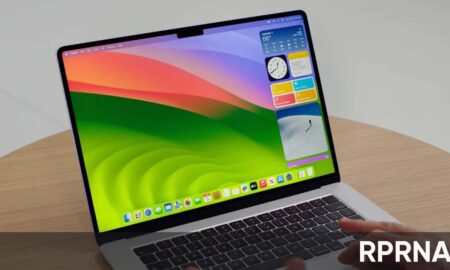All posts tagged "Mac"
-

 379News
379NewsApple has no plans to unveil Macs or iPads this year
After the succesful launch of the iPhone 15 series, users are now eagerly waiting for the next big-screen device from Apple. However...
-

 464News
464NewsApple iPhone 15 Console Games feature may support iPad and Mac devices
Apple and the engineering team have once again come together and are planning to implement the iPhone 15 Pro Console Games feature...
-

 888News
888NewsAdobe updated Lightroom app for Mac and iOS, support for editing video
Adobe recently updated the Lightroom app for Mac and iOS, bringing a new set of image editing features and the ability to...
-

 724Phones
724PhonesApple may launch its new display with new Mac mini
According to a report, several new products may launch at the Apple event on March 8. An advanced high-resolution Mac display is...
-

 178Wearables
178WearablesApple AR headsets to launch with Mac-level computing capabilities in late 2022
According to a new research report by a well-known analyst Ming-Chi-Kuo, Apple’s long-rumored augmented reality (AR) headset project will bear fruit early...
-

 240Apps
240AppsMicrosoft releasing preview version of Office 2021 for Mac
Microsoft is releasing a preview version of Office 2021 for Mac and Office LTSC this week. While Office LTSC (Long Term Servicing...
-

 1.0KApps
1.0KAppsReeder 5 RSS app now gets new features for Mac and iOS
Reeder 5 for iPhone, iPad, and Mac has got a lot of new features. It has got support for widgets, news feed...
-

 912News
912NewsApple to introduce first Silicon Mac on November 17 event: Tipster
At this year’s WWDC conference, Apple announced its roadmap to upgrade Mac devices from intel-based processors to its own Silicon chipsets. These...
-

 1.2KNews
1.2KNewsApple saw a decent growth in its Mac shipments in Q3, 2020: Report
Apple encountered a satisfactory growth of its Mac shipments in the third quarter of 2020, according to the estimates of the shipments...
